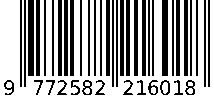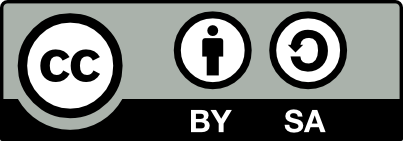
International Journal For Multidisciplinary Research
E-ISSN: 2582-2160
•
Impact Factor: 9.24
A Widely Indexed Open Access Peer Reviewed Multidisciplinary Bi-monthly Scholarly International Journal
Home
Research Paper
Submit Research Paper
Publication Guidelines
Publication Charges
Upload Documents
Track Status / Pay Fees / Download Publication Certi.
Editors & Reviewers
View All
Join as a Reviewer
Get Membership Certificate
Current Issue
Publication Archive
Conference
Publishing Conf. with IJFMR
Upcoming Conference(s) ↓
WSMCDD-2025
GSMCDD-2025
AIMAR-2025
Conferences Published ↓
ICCE (2025)
RBS:RH-COVID-19 (2023)
ICMRS'23
PIPRDA-2023
Contact Us
Plagiarism is checked by the leading plagiarism checker
Call for Paper
Volume 7 Issue 4
July-August 2025
Indexing Partners



















Orchestrating Data Pipelines on AWS: Leveraging Step Functions and SageMaker
| Author(s) | Syed Ziaurrahman Ashraf |
|---|---|
| Country | USA |
| Abstract | In this paper, we explore the orchestration of data pipelines on Amazon Web Services (AWS) using AWS Step Functions and Amazon SageMaker. These two services provide a powerful combination to streamline, automate, and scale complex workflows that involve data ingestion, transformation, model training, and inference for machine learning. This paper delves into the architecture, components, and best practices for leveraging AWS Step Functions and SageMaker to build efficient data pipelines. By using a serverless approach, organizations can minimize infrastructure overhead, scale easily, and focus on extracting value from their data. Visualizations such as diagrams and pseudocode are provided to guide developers in implementing their solutions. By combining these two, we can create end-to-end pipelines that handle everything from raw data ingestion, model training, and deployment to real-time inference. We provide detailed architecture diagrams, flowcharts, pseudocode, and example scripts to simplify implementation. The goal is to help data engineers and machine learning developers build scalable, automated pipelines on the cloud without managing servers. |
| Keywords | AWS Step Functions, Amazon SageMaker, Data Pipelines, Machine Learning, Orchestration, Serverless, Model Training, Data Ingestion, Automati |
| Field | Engineering |
| Published In | Volume 2, Issue 2, March-April 2020 |
| Published On | 2020-03-25 |
| DOI | https://doi.org/10.36948/ijfmr.2020.v02i02.19097 |
| Short DOI | https://doi.org/g82h77 |
Share this

E-ISSN 2582-2160
CrossRef DOI is assigned to each research paper published in our journal.
IJFMR DOI prefix is
10.36948/ijfmr
Downloads
All research papers published on this website are licensed under Creative Commons Attribution-ShareAlike 4.0 International License, and all rights belong to their respective authors/researchers.

